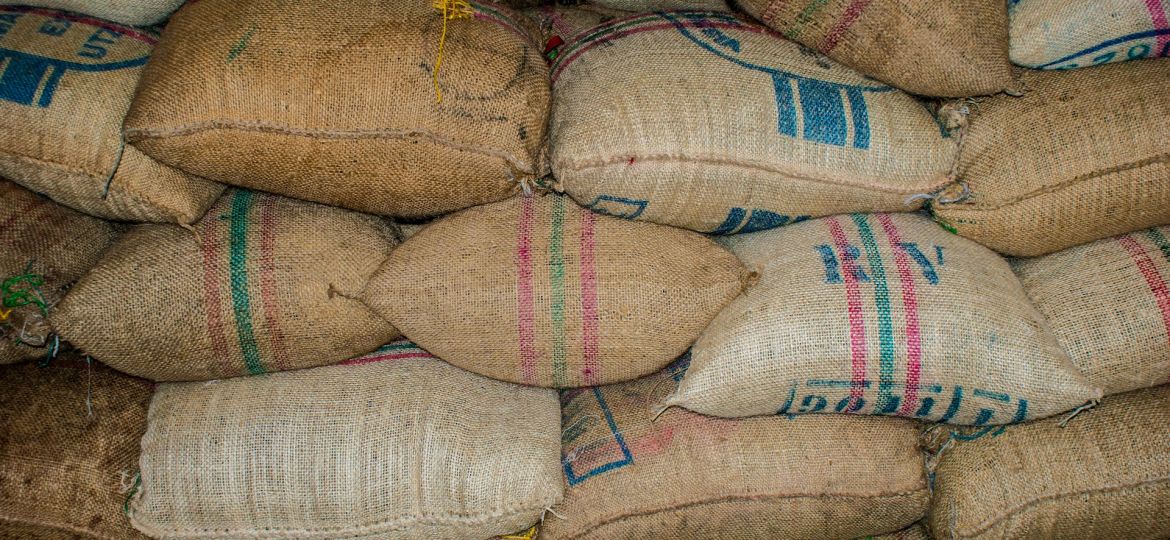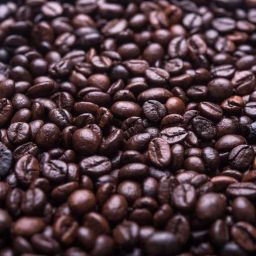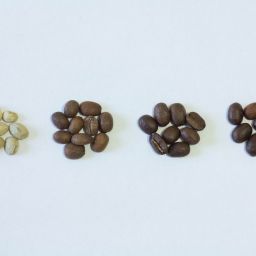
For coffee enthusiasts, understanding how to convert coffee beans into ground coffee is essential for achieving the perfect brew.
This article delves into the specifics of converting 1 pound of coffee beans into ground coffee, offering insights into the weight-to-volume relationship, the impact of grind size, and practical tips for accurate measurement.
Whether you’re a seasoned barista or a home brewer, mastering this conversion is key to unlocking the full potential of your coffee.
Understanding the 1:1 Weight Ratio
At the heart of coffee bean conversion is the 1:1 weight ratio principle, which posits that 1 pound of coffee beans equals 1 pound of ground coffee.
This principle remains constant despite changes in volume that occur during grinding. However, the grind size and the type of grinder used can significantly affect the conversion process.
Fine grinds may compact more densely than coarse grinds, and the efficiency of the grinder (burr vs. blade) can influence the final volume of ground coffee.
Understanding this principle is crucial for anyone looking to achieve precise measurements for their coffee brewing process.
How Many Cups from 1 Pound of Coffee Beans?
A common question among coffee lovers is how many cups can be made from 1 pound of coffee beans. Generally, 1 pound of coffee beans can yield approximately 48 cups of coffee, assuming a standard coffee to water ratio of 1:16 for a 6-ounce cup.
However, this can vary based on factors such as grind size and the brewing method chosen. Espresso, requiring a finer grind and less water, will yield a different number of cups compared to drip coffee. Recognizing these variables is vital for accurate brewing and flavor optimization.
Volume Conversion: Beans to Grounds
When coffee beans are ground, their volume changes, often resulting in a larger apparent volume of coffee grounds compared to whole beans.
This discrepancy can challenge accurate measurement, particularly when recipes call for volume measurements.
Using kitchen scales to measure by weight rather than volume ensures precision and consistency in your coffee brewing, accommodating for the variable density of different grind sizes.
This approach is recommended for those seeking to perfect their coffee preparation technique.
Impact of Grind Size on Volume and Flavor
Grind size plays a crucial role in both the conversion ratio of coffee beans to grounds and the ultimate flavor of the coffee.
Different grind sizes can significantly affect the surface area exposed to water, thereby influencing the extraction rate. A finer grind size increases the surface area, leading to a quicker extraction and a stronger flavor, while a coarser grind results in a slower extraction and a milder taste.
This variability means that the conversion ratio, while still following the 1:1 weight principle, may yield different volumes of coffee when measured by the scoop, impacting both the brewing method and the flavor profile of the final cup.
Coffee Density and Its Role in Conversion
Coffee density, which varies between whole beans and ground coffee, is another critical factor in conversion accuracy.
The density of coffee beans can be affected by factors such as the type of bean, roast level, and moisture content. Typically, a denser bean will yield a finer grind, affecting both the volume and taste of the coffee.
Understanding the influence of density on the conversion process is essential for achieving precise measurements.
A comparison of densities shows that ground coffee, being less dense than whole beans due to the introduction of air during grinding, will occupy more volume for the same weight, underscoring the importance of weight-based measurements for consistency.
Frequently Asked Questions
How does the type of coffee bean affect the conversion?
- The type of coffee bean can influence both the density and oil content, affecting the conversion ratio and flavor profile.
Can the same conversion ratio be applied to all coffee brewing methods?
- While the 1:1 weight ratio remains constant, the volume of grounds needed can vary between brewing methods due to differences in grind size and extraction times.
How do you measure coffee accurately for consistent results?
- Using a kitchen scale to measure coffee by weight rather than volume ensures accuracy and consistency across brews.
Does the conversion ratio change for espresso vs. drip coffee?
- The weight-to-weight conversion ratio does not change, but the grind size and volume of water used will vary, affecting the volume and flavor of the final product.
Summarizing Key Points
Understanding the nuances of converting 1 pound of coffee beans into ground coffee is essential for any coffee enthusiast aiming for the perfect brew.
This article has highlighted the critical aspects of grind size, coffee density, and accurate measurement, all of which play a significant role in the conversion process.
Mastering these elements allows for consistent brewing results and optimal flavor extraction, elevating the coffee experience.
As we conclude, remember that the journey to perfecting coffee brewing is one of exploration and precision, with each cup offering an opportunity to refine and enjoy the craft.








